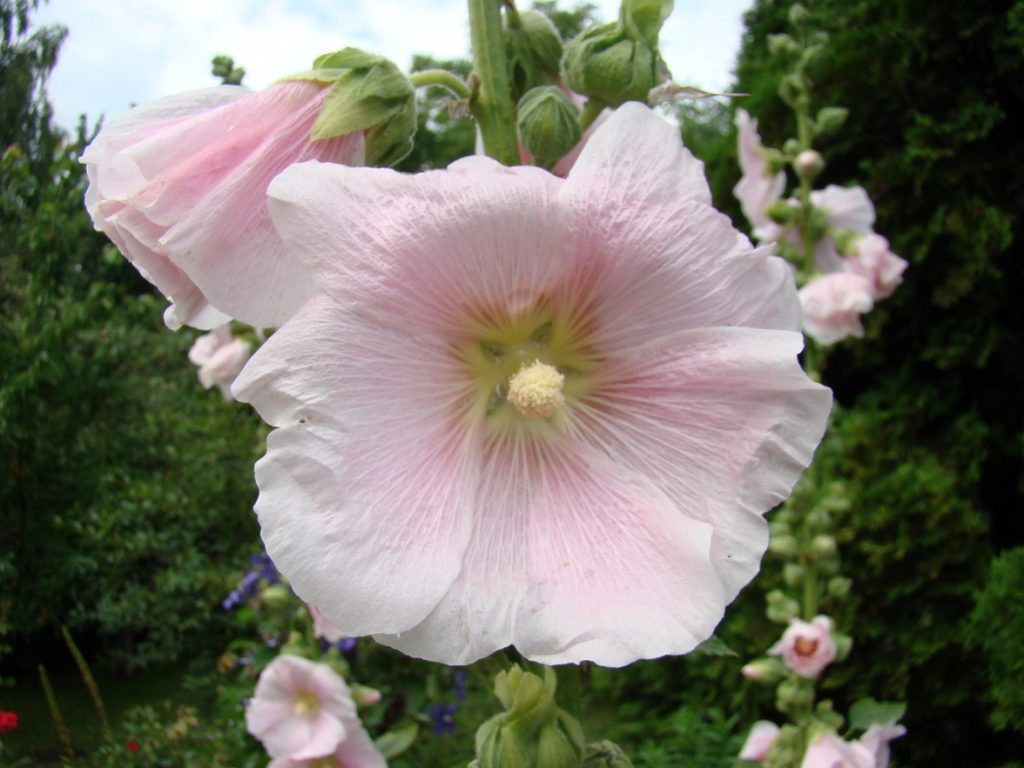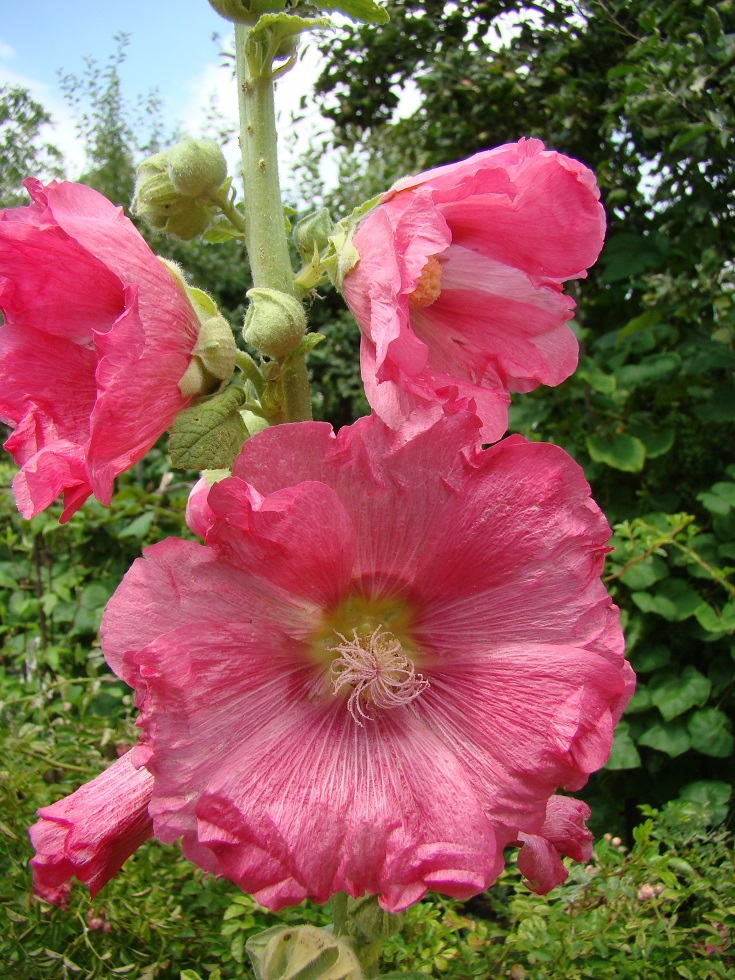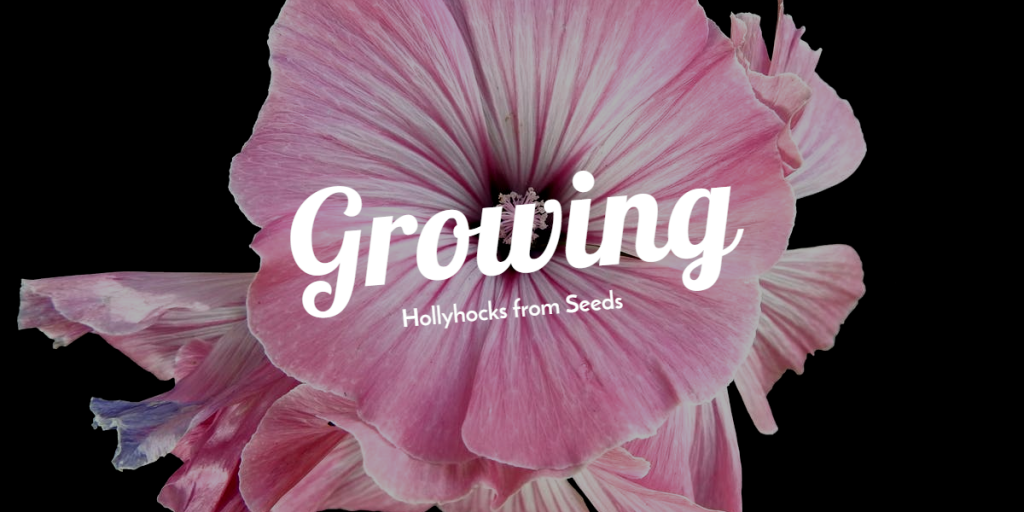Once upon a time hollyhocks had grown in every rural garden, then became slightly forgotten, only to come back stronger now. These flowering plants are easy in cultivation, but it is worth to learn their preferences in order to provide them with the appropriate growing conditions so they can become the pride of your garden.

Choosing the right spot in the garden
Hollyhocks would successfully grow in almost every kind of garden soil because they do not have any special requirements when it comes to the soil type. You should only avoid sandy and compact, clay soils that are periodically waterlogged. Fertile soil, rich in humus and permeable would be perfect for hollyhock cultures. We advise to loosen the soil and mix it with compost before planting hollyhocks. They grow best on sunny sites, but they will also handle partial shade. Please note that their development and blooming will be impaired on shady sites and that will manifest in yellowing of the shoots and leaves. You should also choose a wind-sheltered site for hollyhock cultivation, since strong gales may easily break their tall shoots.
Sowing and planting
Before you start growing hollyhocks in your garden, you have to know that hollyhocks are short-lived perennials, usually grown as biennials, what means that they would bloom in the second your of culture. One-year-old hollyhock seedlings that bloom the same season are available in garden centres in the spring. You could also try growing them on your own. In that case, you need to sow hollyhock seeds in June or July to a hotbed, where you would need to pick out the seedlings before transferring them to the permanent site in the garden in autumn.

Fertilization and care
Hollyhocks do not have high requirements in regard to the soil. You only need to water them regularly in the first year of cultivation, while in the following years watering would only be needed when the soil has dried. Too dry soil may lead to the development of the so-called hollyhock rust. Please make sure that plants’ leaves are not wetted during watering. Hollyhocks do not tolerate overwatering either, because they start to rot and fall to fungal diseases. Therefore you must not leave them in water-logged soil. Hollyhocks do not require intensive fertilization. Supplying them with universal fertilizer 1 – 2 times per season would be sufficient. Other care measures that hollyhocks require is preventing their tall shoots, that may reach up to 3 m in height from breaking by tying them up to poles or other supports. You should also remove wilted inflorescences, so the plant does not lose energy on seeds development. This measure effectively prolongs hollyhock blooming period and the longevity of the plants. Remove the shoots after their flowers have wilted, leaving only those from which you intend to collect seeds from.

